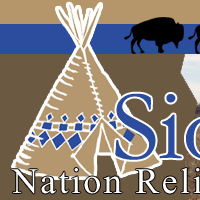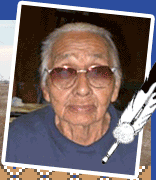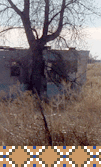|
|
 |

John Bozeman discovered a shortcut to the Montana gold fields in the winter of 1862-1863. The Bozeman Trail was much shorter than the other approaches to Montana from the east. The only other options were the long and circuitous Missouri River Passage or the Overland Trail in Idaho. The main drawback for the Bozeman Trail was that it crossed the hunting grounds of the Lakota and Cheyenne Indians. The wagon trains that attempted to cross were warned by the tribes to turn back. Some did, but others, like Bozeman, did not. Between 1864 and 1865 approximately 2000 people made the trip across the Bozeman Trail.
In 1864 and 1865 the federal government built three forts along the trail. Ft. Reno, Ft. Phil Kearney and Ft. C. F. Smith were built to guard and protect travelers along the trail. From the time of its completion Ft. Phil Kearney was under almost constant siege by Red Cloud and his warriors.
On December 21, 1866 the commander of Ft. Phil Kearney was led to believe that a wood cutting detail from the fort was under attack. Col. Henry B. Carrington sent Captain William Fetterman and eighty-one men to rescue them.
Fetterman, a Civil War veteran had previously boasted “With eighty men I could ride through the Sioux nation.” That December day he would have his chance. The rescue party rode out and Indian decoys drew the soldiers over Lodge Trail Ridge and into a trap. Red Cloud and his warriors, one thousand strong, rose up from the tall grass and all of Fetterman’s troops died. Fetterman and Capt Frederick Brown assisted each other in committing suicide rather than face capture and torture by the amassed Sioux and Arapaho warriors.
By 1868, the Treaty of Ft. Laramie was signed. The United States agreed to abandon the forts. Shortly after, Ft. Phil Kearney was burned to the ground, probably by Cheyenne Indians. |
|
|
return to top
|
|
|
|

|



